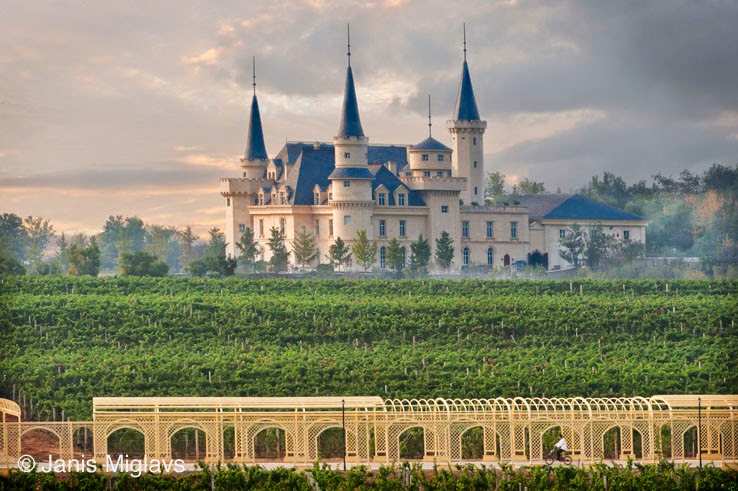The photographs were of the Bedik in the tiny village of Iwol. I happened to be in the village while the 12 and 13-year old boys were in the first month of initiation. For one month, they run around the village in a very prescribed way from sunrise until sunset. I personally can tell you it was more than 110 degrees F hot. The boys did get a short mid-day lunch break in the shade of a tree.
 |
| For one month of their initiation, these 12 and 13-year old boys run like this from sunrise until sunset through the village. |
When I asked Chief Keita why this initiation, he thought for a long time, then replied: "To learn the Secrets of Life."
No small task. This Bedik initiation was definitely not a classroom for the meek. This was not your fraternity drink-booze-until-you-pass-out initiation or the gang style shoot-another person test. Rather the Bedik want to test the boy's inner courage, to face their fears and to experience the mystical.
I could only imagine the thoughts that these Bedik boys experience during those six months of initiation. Then, while replying to my grandson's text, I tried to imagine him going through the Bedik initiation for six months. What, no iPhone, no video games,.... no electricity?
 |
| Part of learning the "Secrets of Life" includes spiritual lessons. |










